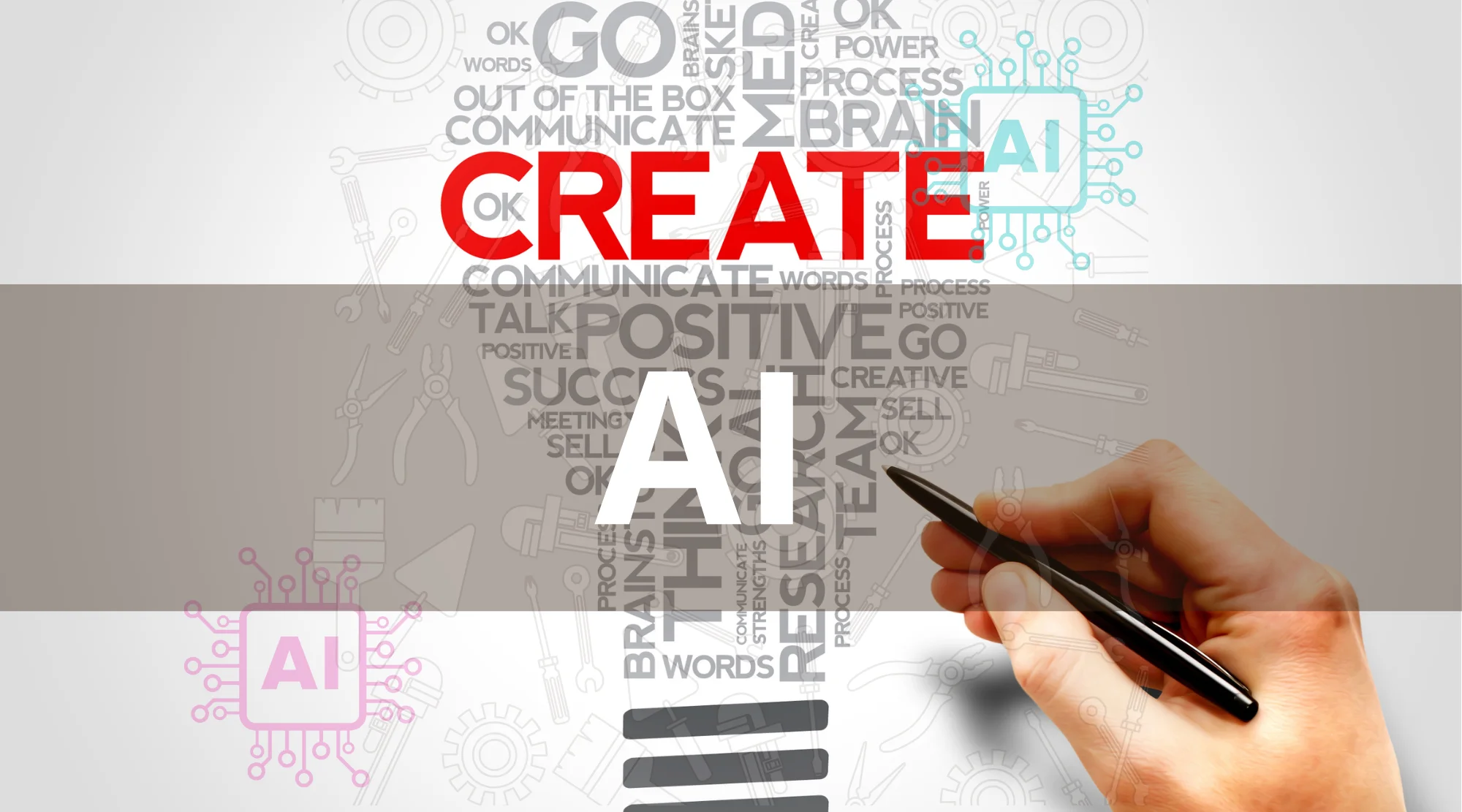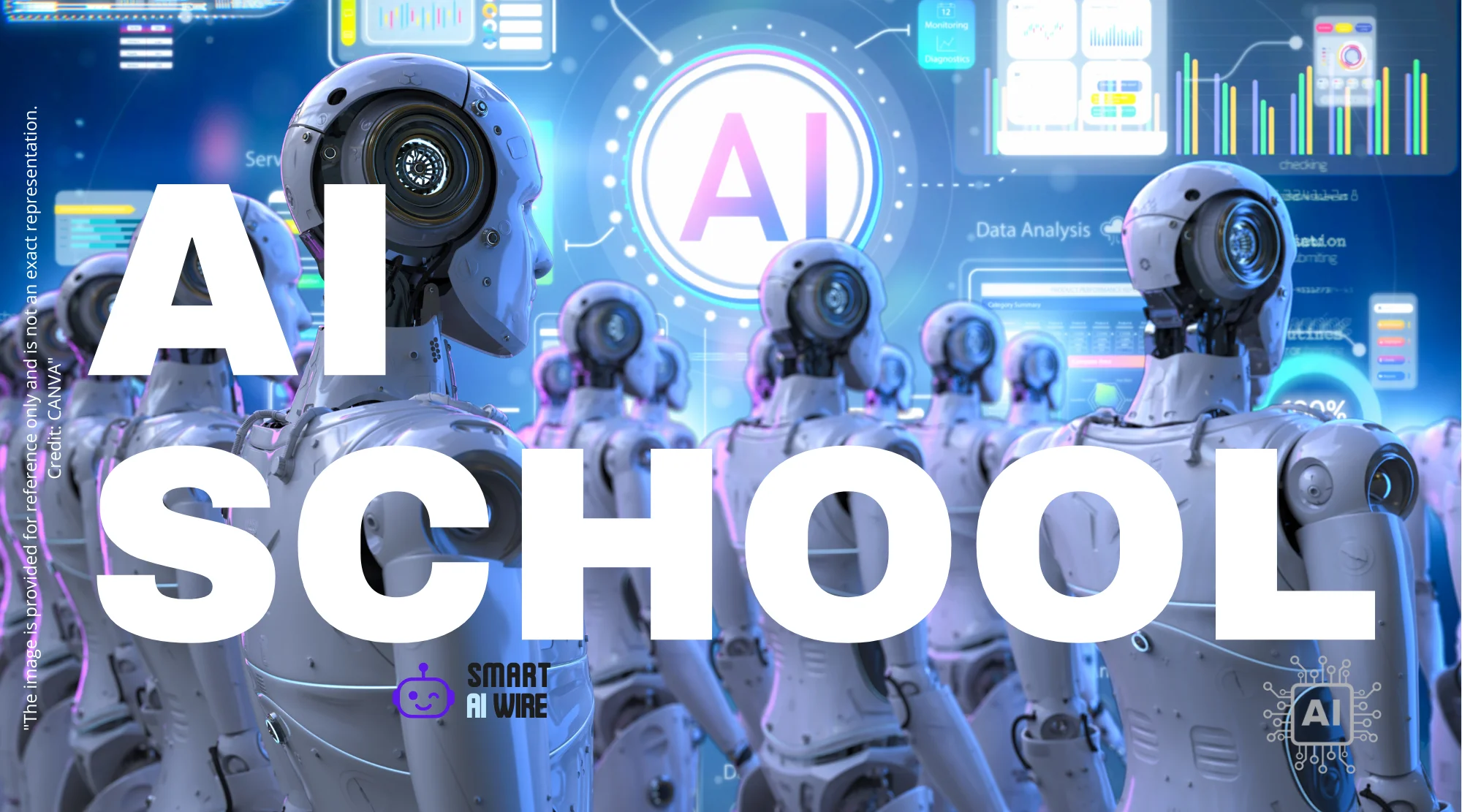Beyond Creation: The Critical Challenge of AI Product Adoption in African Startups
The advent of Artificial Intelligence has dramatically lowered the barrier to entry for product creation, especially for startups across Africa. With powerful AI tools at their disposal, aspiring entrepreneurs can conceptualize and build functional minimum viable products (MVPs) at unprecedented speeds, sometimes in mere hours rather than weeks or months. However, this newfound ease of development is not the ultimate victory. Experts are now sounding a critical alarm: the real hurdle for African startups lies not in building products, but in ensuring those products are used and adopted by their target audiences. This shift in focus from creation to adoption is paramount for sustainable growth and impact.
The rapid acceleration of product development, fueled by sophisticated AI coding assistants and generative tools, presents a double-edged sword. While it democratizes innovation, it also risks flooding local markets with solutions that may overlook crucial regional nuances and user needs. The challenge is no longer about technological capability but about deeply understanding and connecting with the end-user, a complex undertaking that requires more than just a brilliant algorithm or a sleek interface.
The AI-Powered Product Development Revolution: Speed vs. Substance
The landscape of product development has been fundamentally reshaped by AI. Tools that were once the domain of seasoned developers are now accessible to a much wider audience, enabling rapid prototyping and iteration. This democratization of creation is a significant boon for resource-constrained startups, allowing them to test ideas and gather feedback with remarkable agility. The ability to launch an MVP in hours, rather than days, means that a startup can pivot or refine its offering based on early market signals far more quickly than ever before. This speed is often touted as a key advantage in the fast-paced tech world.
However, this very speed can also be a breeding ground for unintended consequences. When the emphasis is solely on rapid deployment, there’s a tangible risk of overlooking the deeper qualitative aspects of product design and market relevance. As experts have pointed out, a product built with immense speed might lack the necessary connection to the specific context of its intended users. This is particularly true in diverse markets like Africa, where cultural practices, economic realities, and user behaviors can vary significantly from region to region, and certainly from Western markets. Building a product that functions technically is one thing; building one that resonates culturally and economically is an entirely different challenge.
Localization: The Non-Negotiable Ingredient for African Startup Success
A recurring theme in expert discussions is the critical importance of localization. Startups often fall into the trap of assuming that a successful product model in Europe or North America can be directly transplanted to African markets. This assumption is flawed, as the underlying human behaviors, societal structures, and even daily routines differ significantly. What motivates a user in London might not resonate with a user in Lagos or Nairobi. Therefore, a product that fails to consider these local specificities is almost certainly destined for failure.
Localization goes beyond simple language translation. It involves a deep dive into the cultural context, the economic feasibility, and the existing user habits. For instance, understanding how daily chores or social interactions unfold in a specific community can reveal unique opportunities for a product to integrate seamlessly into people’s lives. AI tools, when wielded with a local perspective, can be invaluable in uncovering these insights. By analyzing user data, sentiment, and behavior patterns specific to a region, AI can help identify the nuanced needs that a generic product would inevitably miss. This meticulous approach ensures that the product isn’t just introduced to a market but becomes an integrated part of it.
Unlocking Customer Trust: The Cornerstone of Adoption
Beyond product-market fit and localization, customer trust emerges as a paramount factor for adoption. In many emerging markets, potential users might be wary of new digital products, especially those that seem to prioritize data collection or monetization over user benefit. Building trust is not a secondary concern; it’s foundational. This trust is cultivated through clear, empathetic communication and a genuine commitment to addressing user problems.
Experts emphasize that the messaging adopted by a startup is crucial. Is the approach one of transactional urgency, demanding immediate commitment, or is it one of partnership and genuine care for the customer’s challenges? A product that signals it understands and prioritizes the user’s pain points is far more likely to gain traction. AI can play a role here too, by helping to tailor communication to resonate with specific audience segments, ensuring that the message lands effectively and builds credibility.

The concept of “building in public” has also been discussed as a strategy for fostering transparency and engagement. While the efficacy of this approach can vary, the underlying principle of openness and sharing the startup’s journey can contribute to building a community around the product. By making the development process more visible, startups can invite feedback, demonstrate progress, and foster a sense of co-creation, all of which contribute to building a loyal user base and, consequently, trust.
Leveraging AI for Deeper User Understanding
Artificial intelligence offers powerful capabilities for understanding customer behavior in ways that were previously unimaginable or prohibitively expensive. By analyzing vast datasets, AI can reveal subtle patterns and correlations that human observation might miss. This is crucial for understanding not just what users do, but why they do it, and what motivates their decisions.
For example, AI can analyze customer service interactions, social media conversations, and app usage data to identify common pain points, unmet needs, and emerging trends. This granular understanding allows startups to refine their product features, marketing messages, and overall strategy to better align with user expectations. The ability to move beyond broad assumptions and engage with data-driven insights is a significant advantage for any product trying to gain a foothold.
One compelling example cited by experts highlights how AI helped uncover behavioral links to business success in India. By analyzing data, AI revealed that women entrepreneurs’ success was correlated with their cooking habits. Whether they cooked rice, which allowed for conversational breaks, or roti, which demanded constant attention, these daily routines had an impact on the time and mental bandwidth available for business activities. This illustrates the power of AI in uncovering non-obvious user behaviors that can inform product design and strategy. Such insights are invaluable for creating solutions that truly fit into people’s lives.
Navigating the Adoption Funnel: From Awareness to Activation
Successfully bringing a product to market involves guiding potential users through an adoption funnel, from initial awareness to active usage. This funnel typically includes stages like awareness, consideration, trial, and ultimately, sustained activation. Each stage presents unique challenges, and startups must develop strategies to effectively move users through them.
Awareness: Generating awareness is the first step, ensuring that potential users know the product exists. This can be achieved through various marketing channels, but the message must be compelling and relevant to the target audience’s needs. AI can assist in identifying the most effective channels and crafting targeted campaigns.
Consideration: Once aware, users will consider whether the product is right for them. This stage requires clear communication of value proposition, benefits, and how the product solves a specific problem. Testimonials, case studies, and transparent feature explanations are vital here.
Trial: Encouraging users to try the product is a crucial step. This might involve offering free trials, freemium models, or compelling demonstrations. The user experience during the trial period must be seamless and highlight the product’s core value proposition.
Activation: Activation is when the user experiences the core value of the product for the first time. This is often the most critical moment; if users don’t quickly understand and benefit from the product, they are likely to churn. AI can help by personalizing onboarding experiences and guiding users to key features that demonstrate immediate value. The product’s interface and initial user journey should be intuitive and directly address the pain points that brought the user to the product in the first place.
The Role of AI Tools in Overcoming Adoption Hurdles
AI is not just a tool for product creation; it’s also a powerful ally in addressing the challenges of adoption. Several types of AI tools can provide startups with the insights and capabilities needed to succeed:
- Customer Service Automation: Tools like Tidio can automate initial customer interactions, answer frequently asked questions, and provide instant support, freeing up human resources for more complex issues. This can significantly improve user experience and build initial trust.
- Market Research and Analysis: Generative AI, such as ChatGPT, can be used to conduct preliminary market research, analyze competitor offerings, and even generate user persona descriptions. This helps startups gather initial insights without significant investment in traditional research methods.
- Conversation and Sentiment Analysis: Tools like Phantom can analyze customer feedback from various sources, including social media, reviews, and support tickets, to gauge sentiment and identify recurring issues or suggestions. This data is invaluable for product iteration and improvement.
- Personalization Engines: AI-powered personalization tools can tailor user experiences within the product itself, recommending content, features, or actions based on individual user behavior and preferences. This can increase engagement and retention.
- AI-Powered Marketing: AI can optimize advertising campaigns, identify target audiences more effectively, and personalize marketing messages for greater impact. This ensures that marketing efforts are efficient and reach the right people with the right message.
The integration of these AI tools allows startups to operate with the sophistication and data-driven approach often associated with larger, more established companies, but at a fraction of the cost. This levels the playing field and empowers them to compete effectively.
Strategic Partnerships and Collaborative Growth
For startups operating with limited resources, strategic partnerships and collaboration can be powerful accelerators for product adoption. Building relationships with complementary businesses can create synergistic opportunities, allowing startups to tap into existing customer bases and leverage shared marketing efforts.
For example, a fintech startup might partner with an e-commerce platform to offer integrated payment solutions. This arrangement benefits both parties: the fintech gains access to a relevant user base, and the e-commerce platform enhances its service offering. Such collaborations can significantly reduce the cost and effort required to reach new customers.
Furthermore, open communication and knowledge sharing within the startup ecosystem can foster collective growth. Founders who are willing to share their experiences, challenges, and learnings can contribute to a more robust and supportive environment for innovation. While “building in public” might have its nuances, the principle of transparency and active engagement with the community can foster goodwill and attract early adopters who resonate with the startup’s mission and journey.
The Future of African Startups: Local Wisdom Meets AI Innovation
The future success of African startups hinges on a delicate balance. While embracing the transformative power of AI is essential, it must be coupled with a deep, ingrained understanding of local contexts and a relentless focus on building genuine connections with users. The ability to innovate rapidly is a valuable asset, but it’s the capacity to build products that are not only functional but also culturally relevant, trustworthy, and deeply integrated into the lives of their target audiences that will determine long-term viability.
AI offers the tools to analyze, optimize, and even personalize, but the strategic direction and the empathetic core must come from human insight, grounded in local realities. Startups that master this synthesis – combining cutting-edge AI capabilities with profound local knowledge and a user-centric approach to trust and adoption – are the ones poised to lead the next wave of innovation and make a lasting impact across the continent. The journey from creation to widespread adoption is complex, but with the right strategy, powered by both human ingenuity and artificial intelligence, it is an achievable and incredibly rewarding one.



